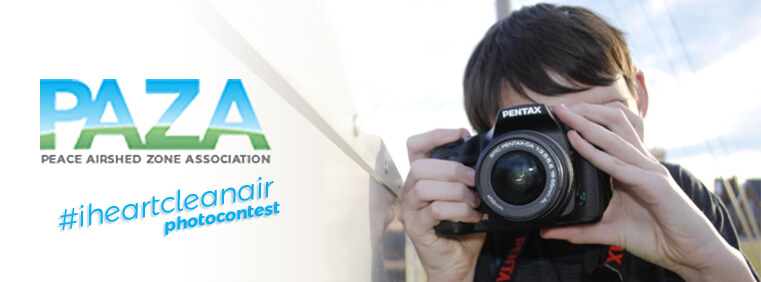Daily:
Automatic Zero/Span: Analyzer self-tests by measuring the baseline level, allowing for correction of any bias in the data due to a non-zero baseline. The analyzer then tests at a known, high concentration (“span”) to verify that the analyzer responds to the introduction of the compound of interest and that it responds as expected.
Technician review: A technician with the operations contractor reviews the previous 72 hours of data on a daily basis to verify regular operation of the station and triggers action if appropriate.
Monthly:
Calibration: Stations are attended every calendar month at minimum to check normal operation and conditions as well as to calibrate instrumentation. Instruments are “challenged” with known concentrations of gasses and the outcome of these tests used to correct the raw data.
Quality Assurance/Quality Control and Reporting: Data analyst reviews the previous month of data for invalid data, applies baseline corrections suggested by the daily zero/spans as well as adjustments due to monthly calibrations, both as noted above. Data reports are generated and the data submitted to the CASA Data Warehouse, where another review is conducted by automated systems before acceptance.
Yearly:
Audit: An auditor from Alberta Environment attends each station with the operations contractor to independently verify the station and analyzers are being operated in conformance with the Air Monitoring Directive.
In addition, the Grande Prairie Henry Pirker and Beaverlodge stations are part of the National Air Pollution Surveillance Program, which monitors and assesses the quality of outdoor air in populated regions of Canada.





